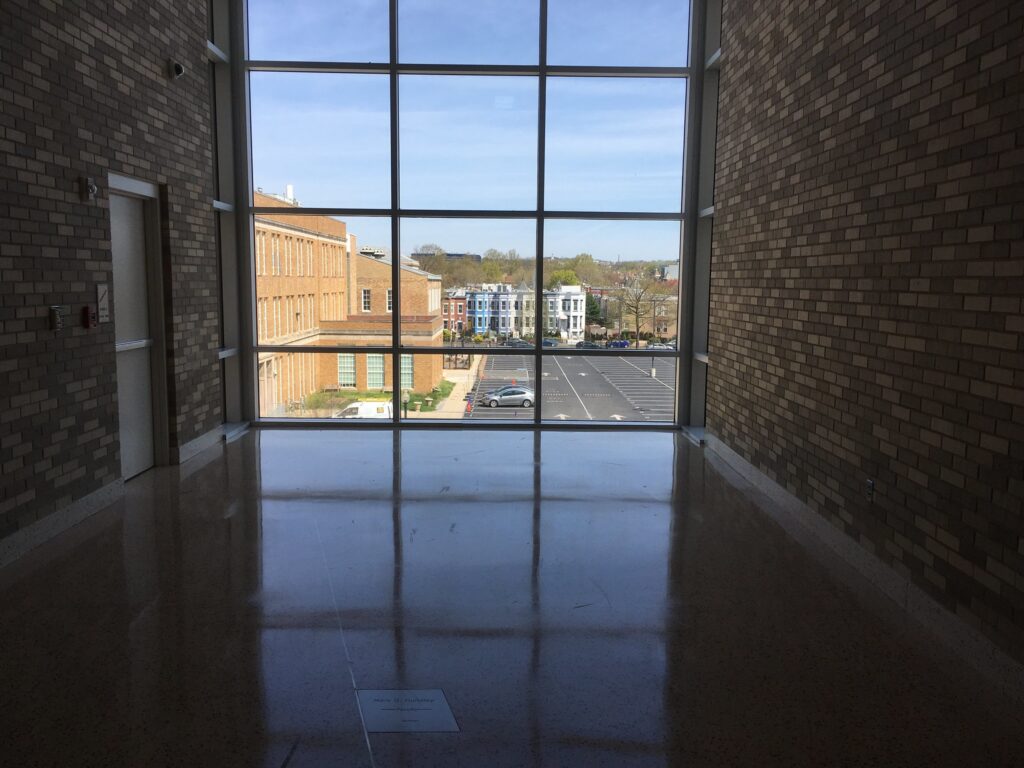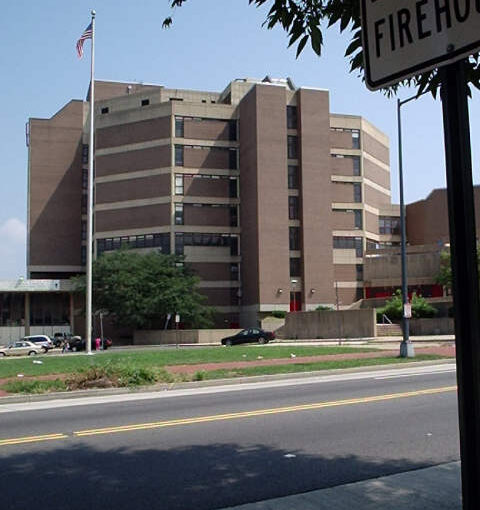The Washington Sanitary Improvement Company (WSIC) was a late 19th century charitable capitalism experiment that ended in the 1950s. This blog started looking at the homes that were supposed to be sold to African American home buyers, after decades of mainly renting to white tenants.
Looking at WSIC properties they tend to have a pattern where the properties were sold to a three business partners, Nathaniel J. Taube, Nathan Levin and James B. Evans as the Colonial Investment Co. for $3 million dollars. Those partners sold to African American buyers. There was usually a foreclosure. Then the property wound up in the hands of George Basiliko and or the DC Redevelopment Land Agency (RLA). Then there were the odd lucky ones who managed to avoid that fate.

Let’s see what happens with 138 Q St NW:
- December 1950 (recorded Jan 18, 1951) Evans, Levin and Taube sold one-half of 138 Q NW to Duvall and Marion Tyler.
- December 1950 (recorded Jan 18, 1951) the Duvalls borrowed $3,000 from Colonial Investment Co. favorite trustees Abraham H. Levin and Robert G. Weightman.
- February 1951 Evans, Levin, and Taube sold the other half of 138 Q St NW to Mrs. Thelma B. Harris.
- February 1951 Harris borrowed $3,150 from trustees Abraham H. Levin and Robert G. Weightman.
- February 1955 Mrs. Harris lost her property to foreclosure and the property returned to Evans, Levin, and Taube via an auction.
- August 1955 the Duvalls lost their property to foreclosure and the property returned to Evans, Levin, and Taube via an auction.
- March 1959 the property, as part of a larger package, was sold to Sophia and George Basiliko.
- July 1970, in document 1970011877, Sophia and George Basiliko sold this and other properties on the block to the District of Columbia Redevelopment Land Agency.
- July 1978 is the recorded date for document 7800024140 which is a contract between RLA and the Bates Street Associates, Incorporated. It’s 30 incomplete pages.
Well.
That didn’t take long. Doing these WSIC-1950 Sell Off histories I am getting the impression that Black buyers were set up for failure. The number of foreclosures that keep popping up with these histories are just depressing. When I was just doing Black Homeowners of Truxton Circle (remember I’ll be presenting on this topic April 6th at the DC History Conference), foreclosures did not pop up often. It happened. But more often property was purchased, then sold or inherited then sold.
Who were the Tylers?
Duvall Tyler was born November 25, 1907 in Amherst, VA. He married Marion Robinson who was born around 1905 in Washington, DC. At the start of WWII Duvall worked for Dr. Overholt at St. Elizabeth Hospital. In the 1950 census he worked as a cook at a hospital. In the 1950 Duvall was the head of the family living at 1760 Bruce Place. Wife Marion was home keeping house. Eighteen and 17 year old sons Duvall Jr. and Morris D. were kitchen helpers at the hospital. Five year old Joseph B. was obviously unemployed.
Who was Thelma B. Harris?
I dunno. Unfortunately, she was separated when purchasing her half of 138 Q St NW. So there is no other name I can attach her to in order to pull her data from all the other Thelma Harris in DC.











